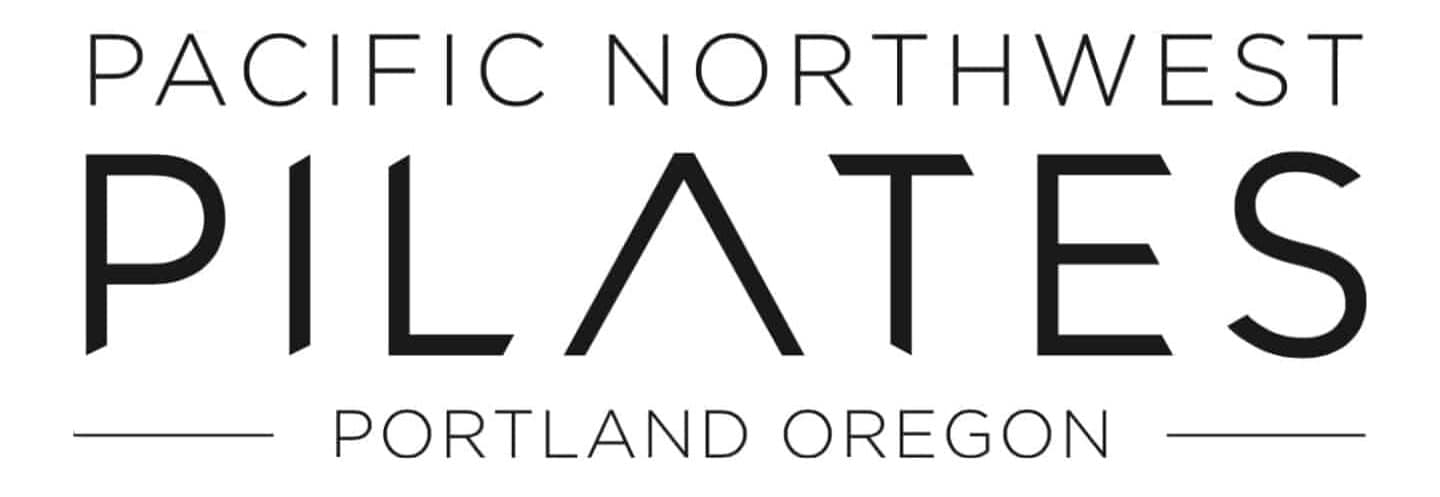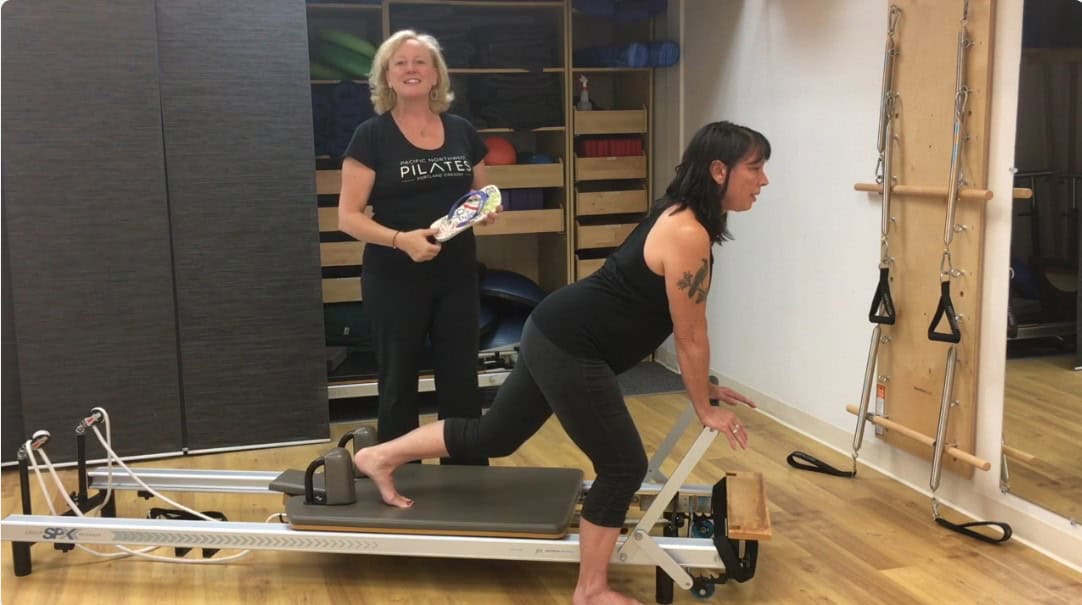Now that we’re deep into summer, your flip flops may be revealing more than you think.
If you (or your client) have been living in sandals, check for these clues:
- Is there wear on one part of the sole more than another?
- Are the toes gripping to keep the shoe on?
- Is there increased tightness in the TFL or hip flexors?
These signs tell us a lot about foot mechanics—and the ripple effects up the chain.
In Part 2 of our Flip Flop Foot Series, Sue Brantley models an Ankle Exercise on the Reformer, inspired by the Split Pedal Stability Chair version.
This variation focuses on:
✅ Articulation of the ankle and foot
✅ Keeping the knee in contact with the footbar to support alignment
✅ Midfoot control—think navicular, cuboid, and calcaneus
✅ Preventing supination and gripping patterns commonly seen with flip flop wear
✅ Forefoot doming—without twisting
We also love this exercise for its upstream benefits:
- Promotes deep hip flexion while stabilizing the pelvis and sacrum
- Builds toward exercises like scooter or single-leg extension
- Trains proper toe extension (ideally 60°) for push-off in gait
- Helps restore balanced hip extension by recruiting adductor magnus, hamstrings, and gluteals
- Actively opens up overused hip flexors
📌 Takeaway: When the foot can’t do its job—because it’s too busy holding on a shoe—the whole kinetic chain pays the price. This simple, focused movement can help reverse those patterns.
Want to dive deeper into foot mechanics and movement assessment?
Check out these upcoming education opportunities with Melanie Byford-Young that focus on the foot, ankle, and gait—essential tools for any movement professional working with clients affected by inefficient patterns or injuries.
A’s, B’s & C’s of Foot & Ankle Function
Friday, September 19 | 2–5 PM PT | Live on Zoom
Explore the applied anatomy and biomechanics of the foot, and learn how to assess, interpret, and restore dynamic control using Pilates-based strategies. Ideal for addressing conditions like bunions, plantar fasciitis, neuromas, excessive supination/pronation, and more.
Gait Analysis for Movement Professionals
Saturday, September 20 | 9 AM–12 PM PT | Live on Zoom
Learn how to assess and interpret inefficient gait patterns, understand the kinematics of walking, and apply Pilates-based interventions to help clients walk better and move smarter.
Want the full picture?
STOTT PILATES® Injuries and Special Populations is coming November 13–16. This comprehensive course offers deeper insight into post-rehab programming and working safely with clients affected by common injuries, conditions, and movement dysfunctions.
Go Here to Register:

